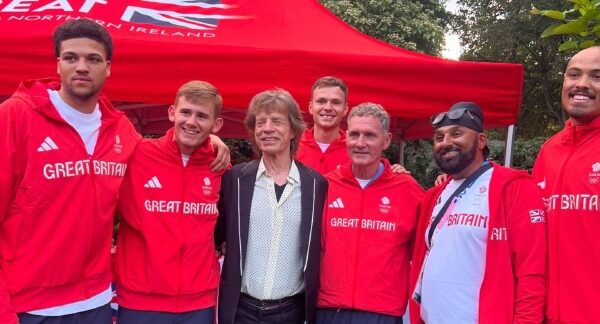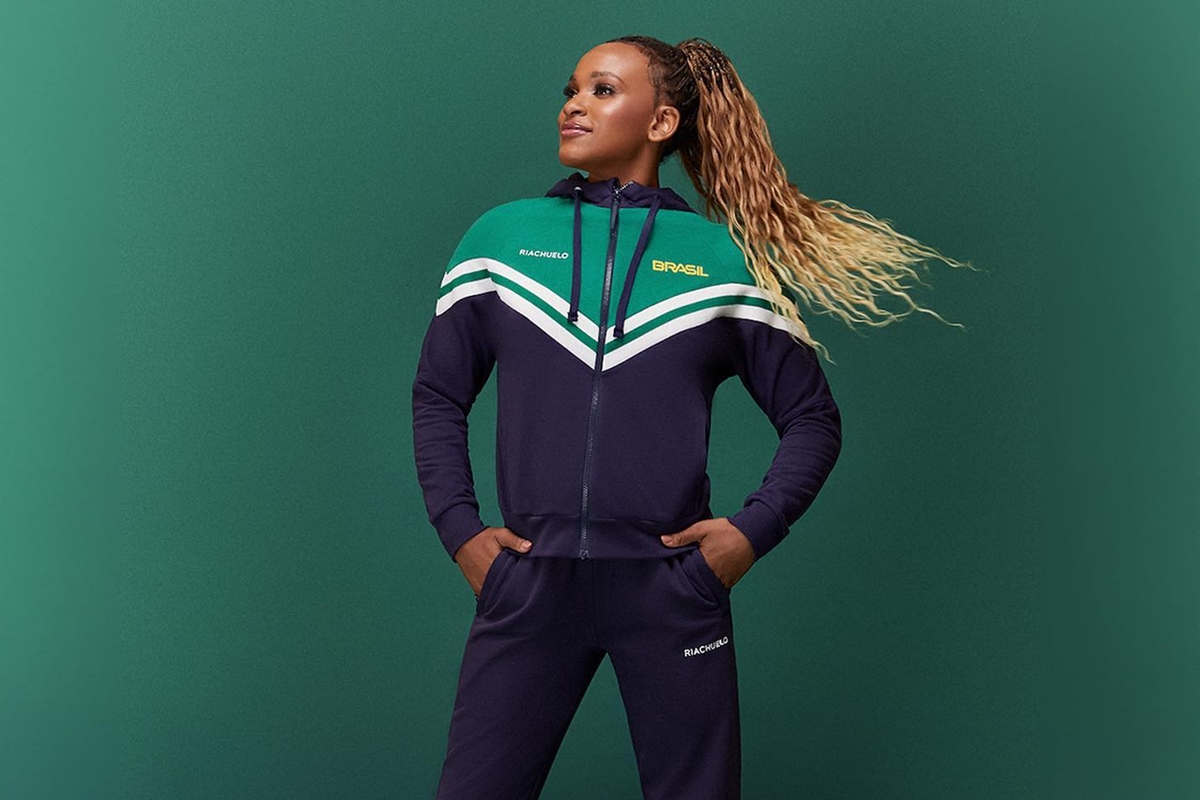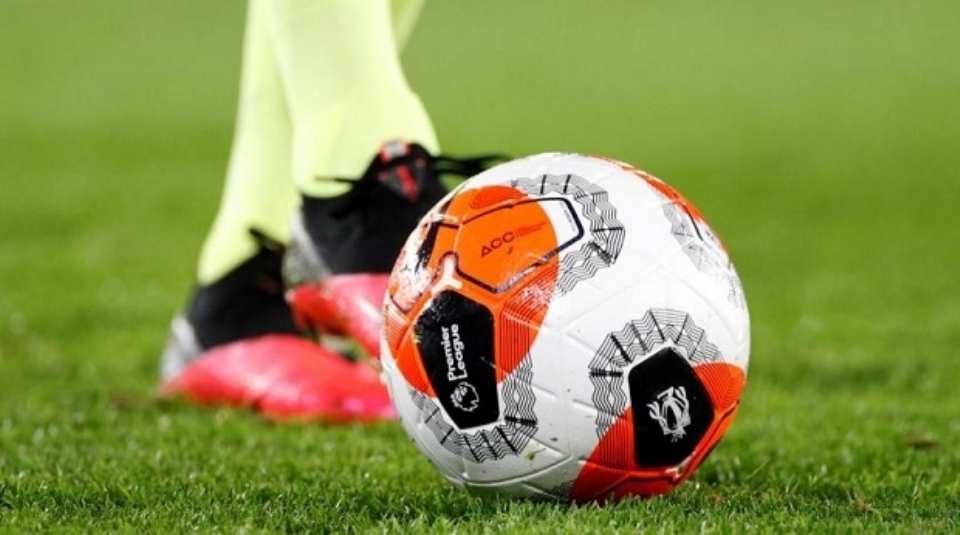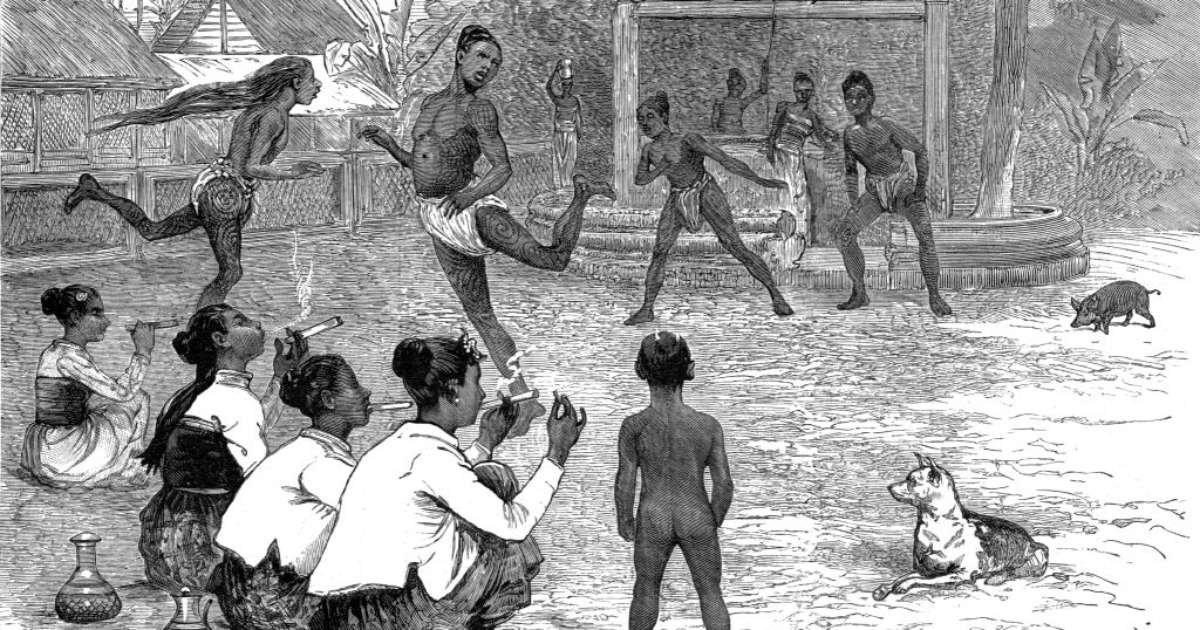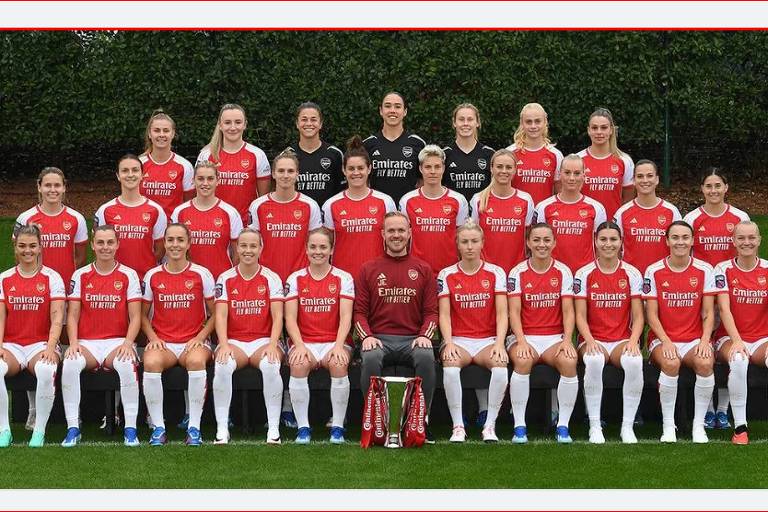
On a sunny day in London, 27 smiling women pose for a photo.
They have a reason to be happy and proud of themselves. They are part of professional team Arsenal and will star in the Women’s Super League (WSL), the top division of English women’s football in the 2023/2024 season. Among them is Brazilian Gio Queiroz. There is no doubt that they deserve to be there. But not everyone was happy when they saw it like this picture. the reason? All players are white.
The fact that the team does not include black or ethnic minority athletes has drawn criticism for the club, which has traditionally valued diversity among staff and the men’s team. Arsenal spoke quickly, acknowledging the issue and stating that diversity and inclusion is a priority.
Both are essential in all sectors of our lives. But the incident sparked debate about the highly competitive environment of professional sports. Speaking about the issue, a black commentator on a conservative British channel said: “If you want to win, choose the best players. It’s that simple. In athletics, do you need a white man? Of course not.” “
Discussions about integration into women’s football have been ongoing for several years in the UK, and I see parallels with Brazil. England coach Sarina Wegman has already been questioned about the lack of diversity in her squad – with only three non-white players. “This matter will not be solved overnight,” said the coach of the European champion and world runner-up. Chelsea Women’s coach Emma Hayes recalled, in a critical tone, that women’s football in England is a “middle-class sport”, the majority of which are white in the country.
There are some explanations for this lack of diversity.
When we talk about national talent, the biggest problem is not the ultimate, professional sport, but who has a chance to get there. It is the original.
English men’s football is very diverse because it has always been very popular. Women were banned from playing professionally in England for almost 50 years, until 1970. Huge investment in women’s football began just over ten years ago. The initiatives taken by the Football Association, for example, to identify talented girls in less favored areas demonstrate the desire to make the sport reach all classes.
Data from the PFA indicates that only 15% of WSL players are black or from an ethnic minority. In many clubs, the recruitment structure for women is smaller than for men. When hiring professionals, the focus is of course on trying to bring in the best in the world. This still conflicts, for example, with the fact that some places in Africa and South America are still developing women’s football, making it difficult to identify talent.
Another challenge is encouraging girls to play sports. British studies show that women are more likely to give up physical activities than boys, due to lack of parental support and confidence, shame about their bodies in adolescence, and pain when menstruation begins.
When managers and governments create opportunities to play sports from childhood, girls from all backgrounds will be able to compete on equal footing when seeking a place in high performance. We still have a few years to go before diversity and inclusion are truly present in women’s professional football, but the path here appears to be being followed.
Current link: Did you like this text? Subscribers get access to five free accesses from any link per day. Just click on the blue letter F below.

“Lifelong web fan. Incurable internet junkie. Avid bacon guru. Social media geek. Reader. Freelance food scholar.”

